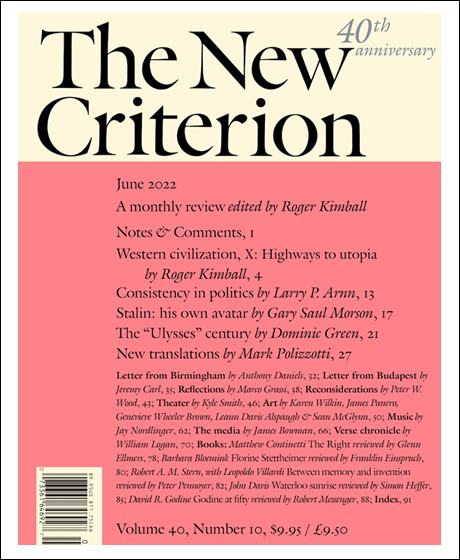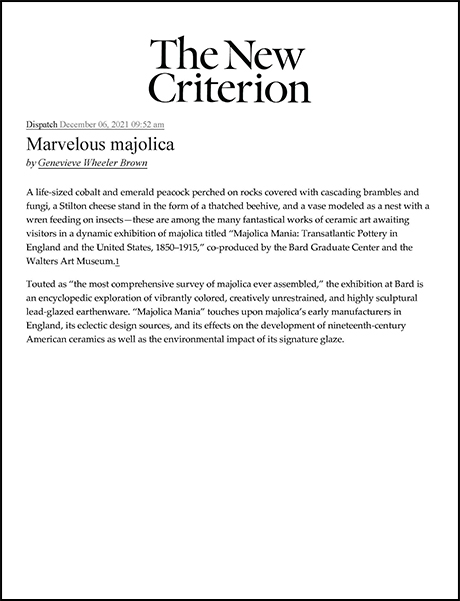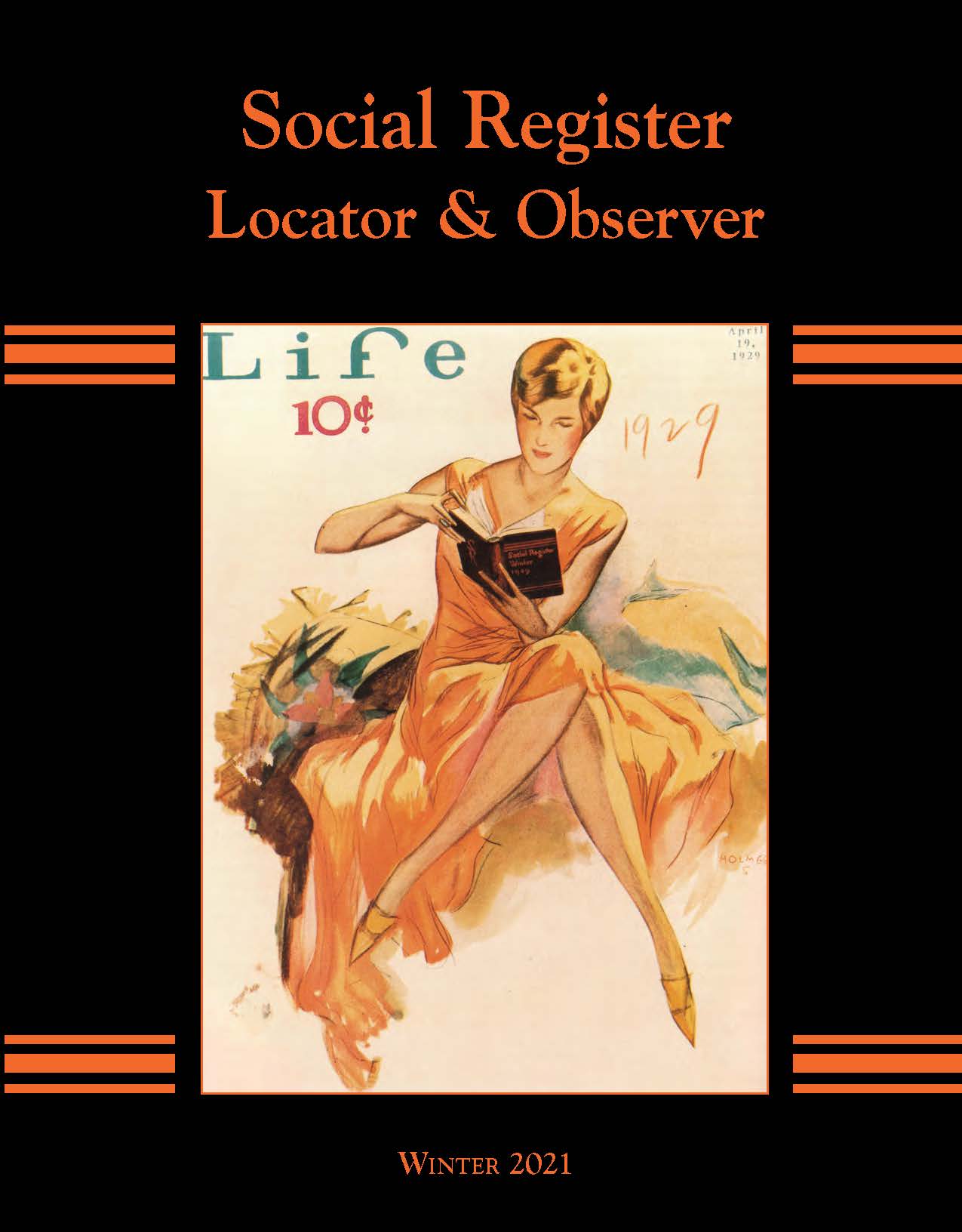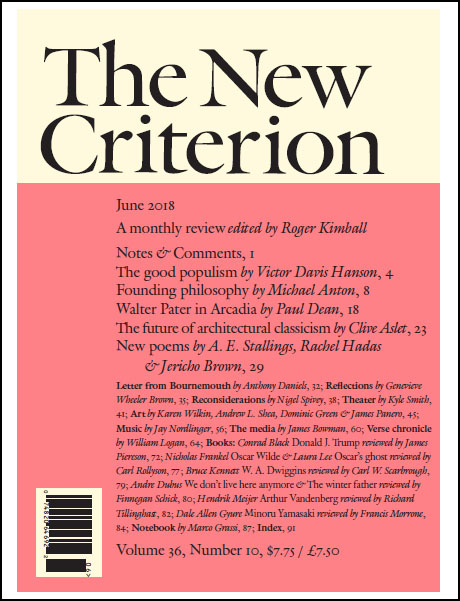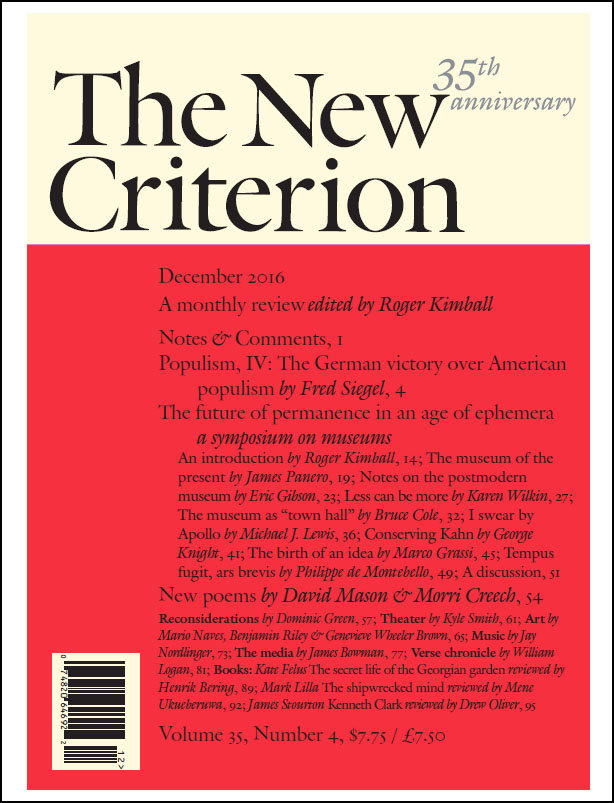Opulent buckles that adorned the shoes of affluent early Americans, glowing coins crafted
from ore newly mined in the Gold Rush, and a radiant eighteen-karat Gilded Age coffee service commissioned for one of America’s preeminent industrialist families—”
A life-sized cobalt and emerald peacock perched on rocks covered with cascading brambles and fungi, a Stilton cheese stand in the form of a thatched beehive, and a vase modeled as a nest with a wren feeding on insects—
Social Register Locator & Observer
Whether reading the latest bestseller by David McCullough, listening to a podcast hosted by noted historian Jon Meacham, or viewing the musical Hamilton with their families, Americans are exploring, now more than ever and through a variety of media, how America came to be.
If the men of America have seen fit to allow the home of its most respected hero go to ruin, why can’t the women of America band together to save it? —Louisa Bird Cunningham to her daughter Ann Pamela Cunningham, 1853
These incendiary words, penned by Louisa Bird Cunningham on seeing the deteriorating remains of Mount Vernon, George Washington’s home in the Virginia countryside, speak to the impassioned response that historic property can elicit.
Our eye is immediately drawn to the carved mahogany concave and convex shells, fans of radiating flutes, and ribs with lyrical edges that act as dynamic protrusions and recesses across the front of the eighteenth-century desk.

